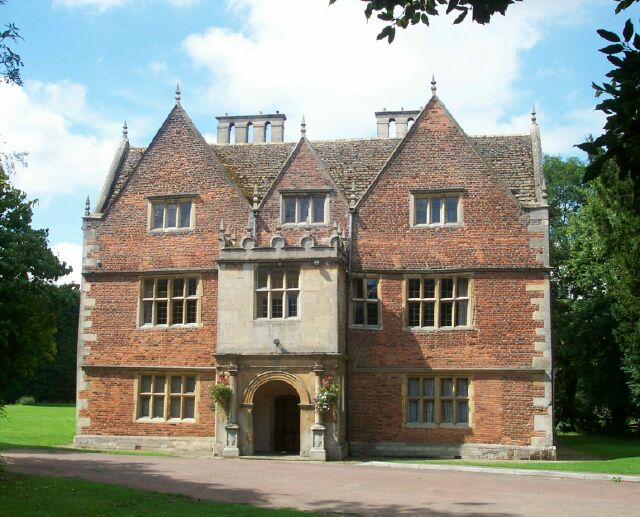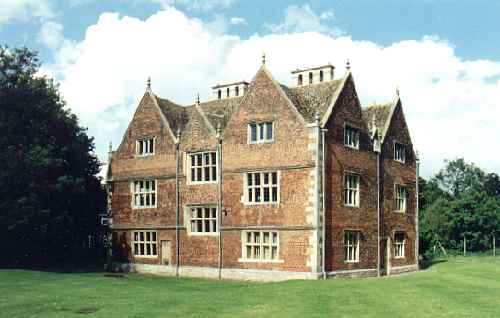|
- The market town of Bourne, Lincolnshire, England - |
The Red Hall

|
AMONG THE OLDEST surviving domestic properties in Bourne today is the Red Hall. It was built in the early 17th century, probably 1605, by a wealthy businessman, Gilbert Fisher, and is typical of the new style of house being constructed for prosperous gentlemen of the early Stuart period. There is evidence that Fisher may have been too ambitious because the hall was heavily mortgaged for many years afterwards and the debts were not paid off until his family sold up in 1698. The Red Hall subsequently had various owners before passing into the hands of the Digby family in 1730, the first owner being James Digby (1707-1751). There has been an assumption which appears in some guide books that one of his ancestors, Sir Everard Digby, who was involved in the Gunpowder Plot of 1605, was a previous owner and that the conspiracy may even have been hatched there, but this is incorrect because he was executed before the hall was built. The Red Hall was sold in 1860 to the Bourne and Essendine Railway Company and so it came about that the town's railway station arose almost on the doorstep of this famous building which was used as the stationmaster's house and ticket office for the railway line but when this closed, the freehold was acquired in 1962 by the Bourne United Charities who remain the owners. The hall was in a dilapidated condition when they took over but with the aid of local funds and grants, it was carefully and sympathetically restored to its former elegance and the building re-opened in December 1972. Since then, the main rooms have been used as offices and as a meeting place for local groups such as the history society, the local naturalists and other conservation organisations.
Most visitors see only the front facade of the Red Hall and few take the trouble to walk round and inspect it from the back. It is equally attractive from here and despite the financial problems it may have created for Gilbert Fisher, we are grateful for his architectural legacy that has become one of the delights of this small market town.
An illustrated account of the history of the Red Hall can be
found Return to HOME PAGE MAIN INDEX
|
